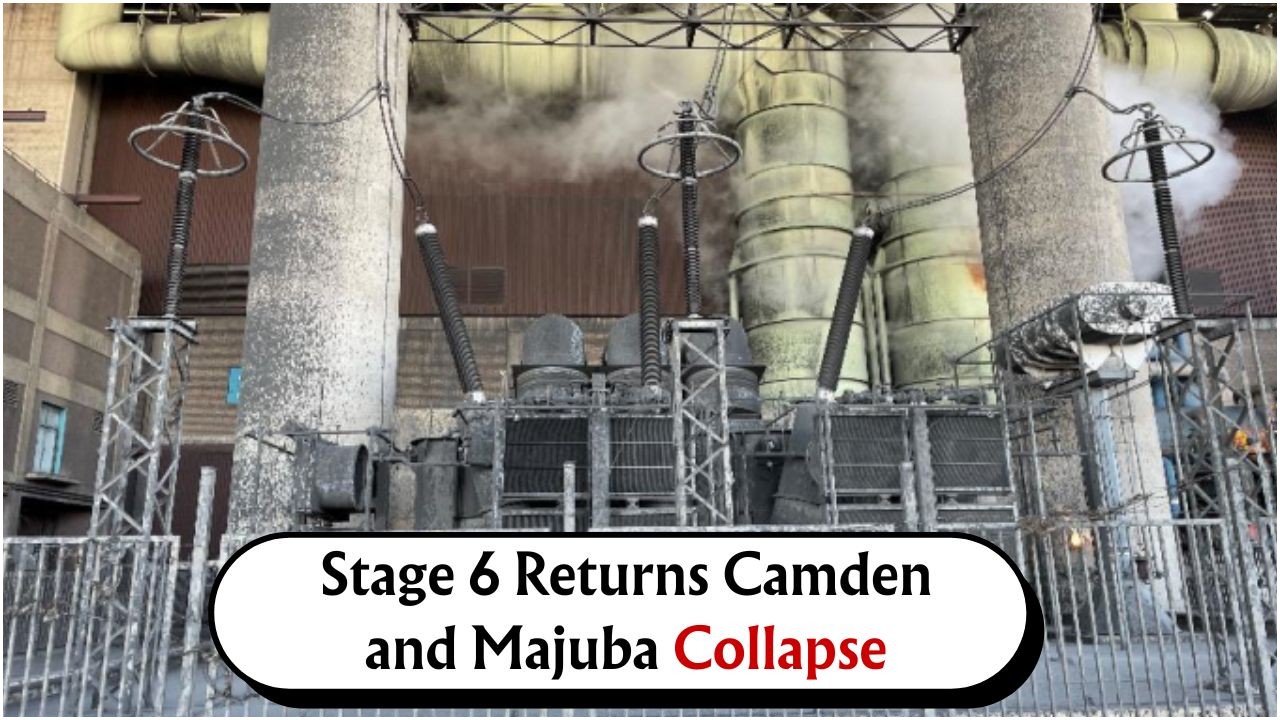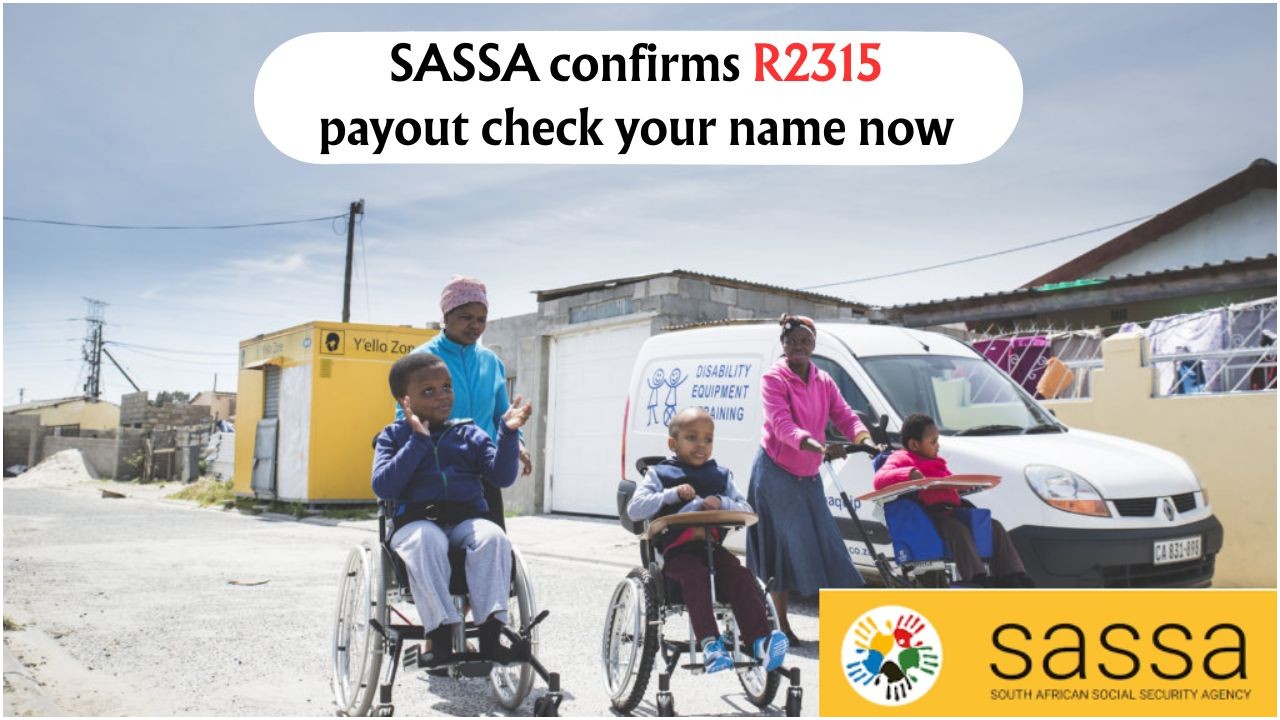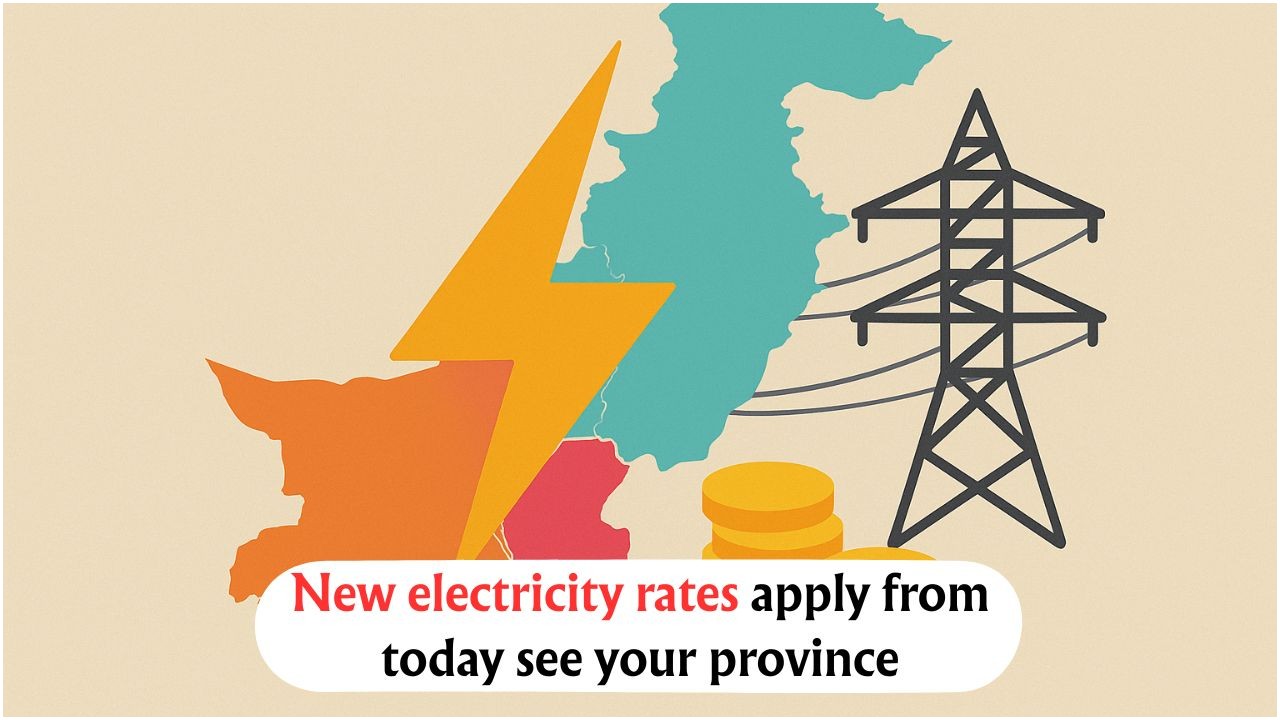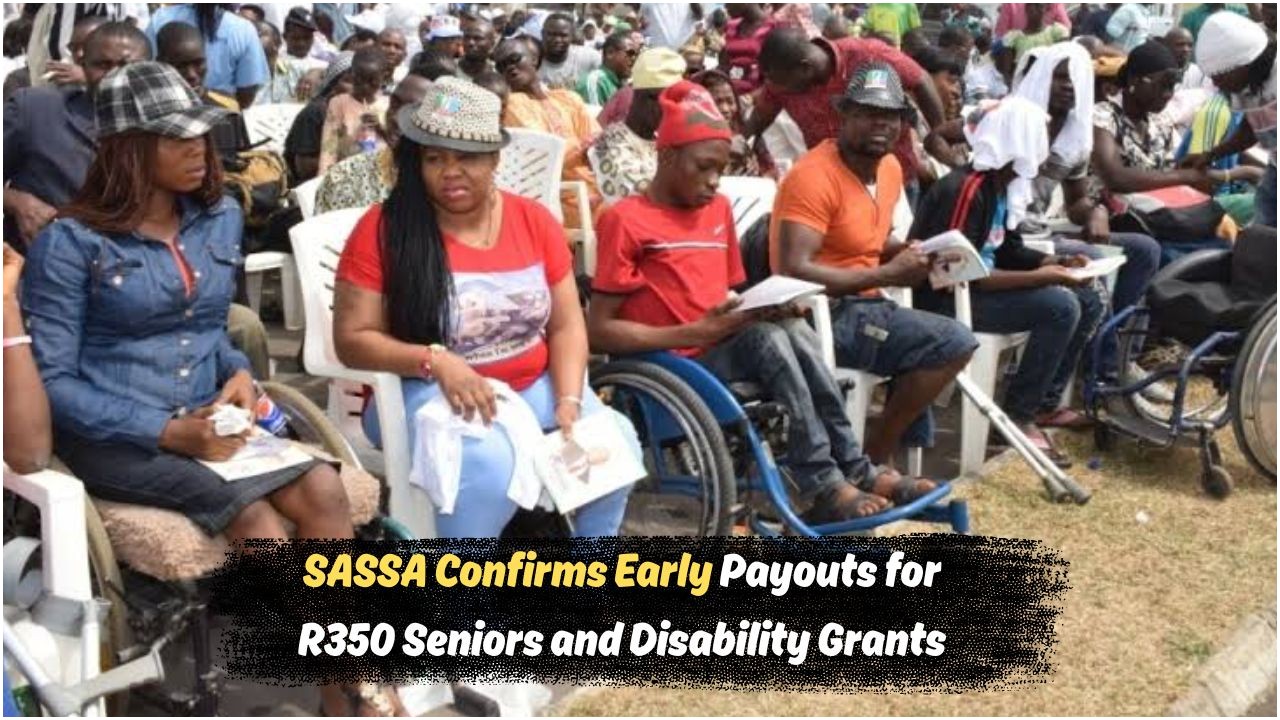Eskom’s July Crisis: Nationwide Plant Failures Trigger Stage 6 Loadshedding: South Africa faced a significant challenge in July as Eskom’s power plants experienced widespread failures, leading to the imposition of Stage 6 loadshedding. This level of power cuts, one of the highest in the loadshedding stages, significantly disrupted daily life across the nation. As households and businesses scrambled to cope with the frequent power outages, the country was reminded of the fragility of its energy infrastructure. The crisis highlighted the urgent need for sustainable energy solutions and infrastructure upgrades to prevent future disruptions of this magnitude.
Understanding Eskom’s July Crisis and Plant Failures
During the turbulent month of July, Eskom’s power plants encountered significant operational challenges. The failures were attributed to a combination of aging infrastructure, maintenance backlogs, and unexpected technical issues. These factors culminated in a severe reduction in electricity generation capacity, leading to the implementation of Stage 6 loadshedding. The impact on the South African economy was immediate and profound, affecting everything from small businesses to large industries. Efforts to stabilize the situation involved rapid response measures, but the underlying issues remained a concern for the long-term energy strategy.
- Ageing infrastructure at Eskom’s power plants
- Maintenance backlogs exacerbating the situation
- Unexpected technical faults
- Reduced electricity generation capacity
- Immediate economic impact
- Need for a long-term energy strategy
- Efforts to stabilize the immediate crisis
Stage 6 Loadshedding: Implications for South Africa
The imposition of Stage 6 loadshedding had far-reaching implications for South Africa. This severe level of power cuts meant that electricity could be gone for up to six hours a day, severely disrupting both personal and professional routines. Many businesses faced operational challenges as production schedules were interrupted, leading to financial losses. For households, the lack of consistent power affected everything from cooking to studying. Moreover, the psychological impact of such instability cannot be overstated, as it fostered a sense of uncertainty about the future.
 Rand Plummets to R18.23: Brace for Impact on Salaries, Transport, and Essentials This August
Rand Plummets to R18.23: Brace for Impact on Salaries, Transport, and Essentials This August
| Stage | Hours Off | Economic Impact | Business Disruption | Household Impact | Psychological Impact | Future Concerns |
|---|---|---|---|---|---|---|
| Stage 1 | 2 hours | Low | Minimal | Minor | Low | Manageable |
| Stage 2 | 4 hours | Moderate | Some | Noticeable | Moderate | Growing |
| Stage 3 | 6 hours | High | Significant | Major | High | Serious |
| Stage 4 | 8 hours | Severe | Severe | Disruptive | Severe | Critical |
| Stage 5 | 10 hours | Extreme | Extensive | Very Disruptive | Extreme | Urgent |
| Stage 6 | 12 hours | Critical | Extensive | Extremely Disruptive | Critical | Immediate |
| Stage 7 | 14 hours | Catastrophic | Total | Complete | Catastrophic | Emergency |
| Stage 8 | 16 hours | Disastrous | Complete | Total | Disastrous | Drastic |
How South Africans Coped with Loadshedding in July
During the height of the crisis, South Africans displayed remarkable resilience and ingenuity. Many turned to alternative energy sources, such as solar panels and generators, to mitigate the impact of prolonged power outages. Community initiatives also played a crucial role, with neighbours banding together to support each other through resource sharing. Furthermore, businesses that could afford it invested in backup power solutions to maintain operations. Despite these efforts, however, the situation underscored the pressing need for comprehensive reform in the national energy policy.
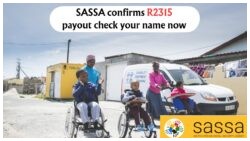 Eskom Announces August 1 Rate Increase – Discover Your Province's New Electricity Tariffs!
Eskom Announces August 1 Rate Increase – Discover Your Province's New Electricity Tariffs!
- Increased reliance on solar panels and generators
- Community resource sharing initiatives
- Business investments in backup power
- Highlighting the need for energy policy reform
- Resilience and ingenuity in the face of adversity
- Long-term sustainability concerns
- Calls for government action
Lessons Learned from Eskom’s Loadshedding Crisis
The July crisis served as a pivotal learning moment for South Africa. It revealed the vulnerabilities within Eskom’s operational framework and highlighted the importance of diversified energy sources. Stakeholders across the board, from government officials to private entities, realized that reliance on a singular power entity is fraught with risk. Moving forward, the consensus is that investment in renewable energy, such as wind and solar, is critical. Moreover, there is a growing demand for transparency and accountability in Eskom’s operations to restore public trust.
| Lessons Learned | Action Required | Stakeholders Involved | Future Goals |
|---|---|---|---|
| Infrastructure Vulnerability | Upgrade and Maintenance | Eskom, Government | Reliable Power Supply |
| Energy Diversification | Invest in Renewables | Private Sector, Government | Sustainable Energy Mix |
| Risk Management | Develop Contingency Plans | Eskom, Energy Experts | Minimize Disruptions |
| Public Trust | Improve Transparency | Eskom, Regulators | Restore Confidence |
| Policy Reform | Review and Amend Policies | Government, Policy Makers | Progressive Energy Policies |
| Community Involvement | Encourage Initiatives | Civil Society, NGOs | Empowered Communities |
| Financial Stability | Ensure Funding | Government, Investors | Stable Energy Sector |
Future of South Africa’s Energy Landscape Post-Loadshedding
As South Africa moves past the immediate crisis, the focus is now on building a resilient energy landscape. This involves not only addressing the current challenges within Eskom but also looking towards future-proofing the country’s energy supply. The integration of renewable energy sources into the national grid is being prioritized, with solar and wind projects receiving increased attention. Additionally, energy efficiency measures are being promoted to reduce demand and alleviate pressure on the national grid.
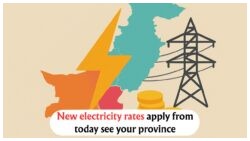 Eskom Announces August 1 Tariff Increase – Discover Your Province's Updated Electricity Rates Today
Eskom Announces August 1 Tariff Increase – Discover Your Province's Updated Electricity Rates Today
- Prioritization of renewable energy integration
- Increased attention to solar and wind projects
- Promotion of energy efficiency measures
- Future-proofing the energy supply
Impact of Loadshedding on South African Economy
The economic repercussions of the loadshedding crisis were significant. Industries across the board suffered from unscheduled production halts, leading to financial losses and job insecurities. Small businesses, in particular, were hit hard, with many struggling to stay afloat. The crisis also affected investor confidence, as the instability in power supply raised concerns about the country’s ability to sustain economic growth. Addressing these economic challenges requires a concerted effort from both the government and the private sector to ensure energy stability in the future.
- Industries facing unscheduled production halts
- Financial losses and job insecurities
- Small businesses struggling to remain afloat
- Impact on investor confidence
- Concerns about sustaining economic growth
Innovative Solutions to Combat Future Loadshedding
In response to the crisis, innovative solutions are being sought to prevent future occurrences. This includes leveraging technology to improve energy efficiency and grid management. Smart meters and real-time monitoring systems are being explored to optimize electricity distribution and reduce wastage. Additionally, partnerships with international energy experts are being considered to bring in best practices and cutting-edge technologies. By fostering innovation, South Africa aims to build a more robust and reliable energy system.
- Leveraging technology for energy efficiency
- Exploring smart meters and real-time monitoring
- Optimizing electricity distribution
- Reducing energy wastage
- Partnerships with international energy experts
Renewable Energy Projects Gaining Momentum Post-Crisis
The aftermath of the loadshedding crisis has catalyzed a surge in renewable energy projects. Initiatives aimed at harnessing the abundant sunlight and wind in South Africa are gaining traction, with new projects being announced across various provinces. These projects not only promise to diversify the energy mix but also create employment opportunities in the renewable sector. The shift towards renewables is seen as a crucial step in reducing the country’s carbon footprint and ensuring a sustainable energy future.
 SASSA Grant Holders Set for July-August Boost: Early Deposits and Bonus Payments Announced
SASSA Grant Holders Set for July-August Boost: Early Deposits and Bonus Payments Announced
- Surge in renewable energy projects
- Harnessing sunlight and wind
- Diversifying the energy mix
- Creating employment opportunities
- Reducing carbon footprint
FAQ Section
- What caused the Stage 6 loadshedding in July?
Stage 6 loadshedding was primarily caused by widespread failures in Eskom’s power plants due to aging infrastructure, maintenance backlogs, and technical issues. - How did Stage 6 loadshedding affect South African businesses?
Businesses faced operational challenges as the power cuts disrupted production schedules, leading to financial losses and impacting overall productivity. - What measures are being taken to prevent future loadshedding?
Efforts include investing in renewable energy, improving infrastructure, and implementing energy efficiency measures to stabilize the power supply. - How did the public cope with the loadshedding crisis?
South Africans showed resilience by relying on alternative energy sources like solar panels and generators, and through community resource-sharing initiatives. -
What is the future outlook for South Africa’s energy sector?
The focus is on building a resilient energy system through renewable integration, policy reform, and innovative solutions to ensure sustainable energy supply.
